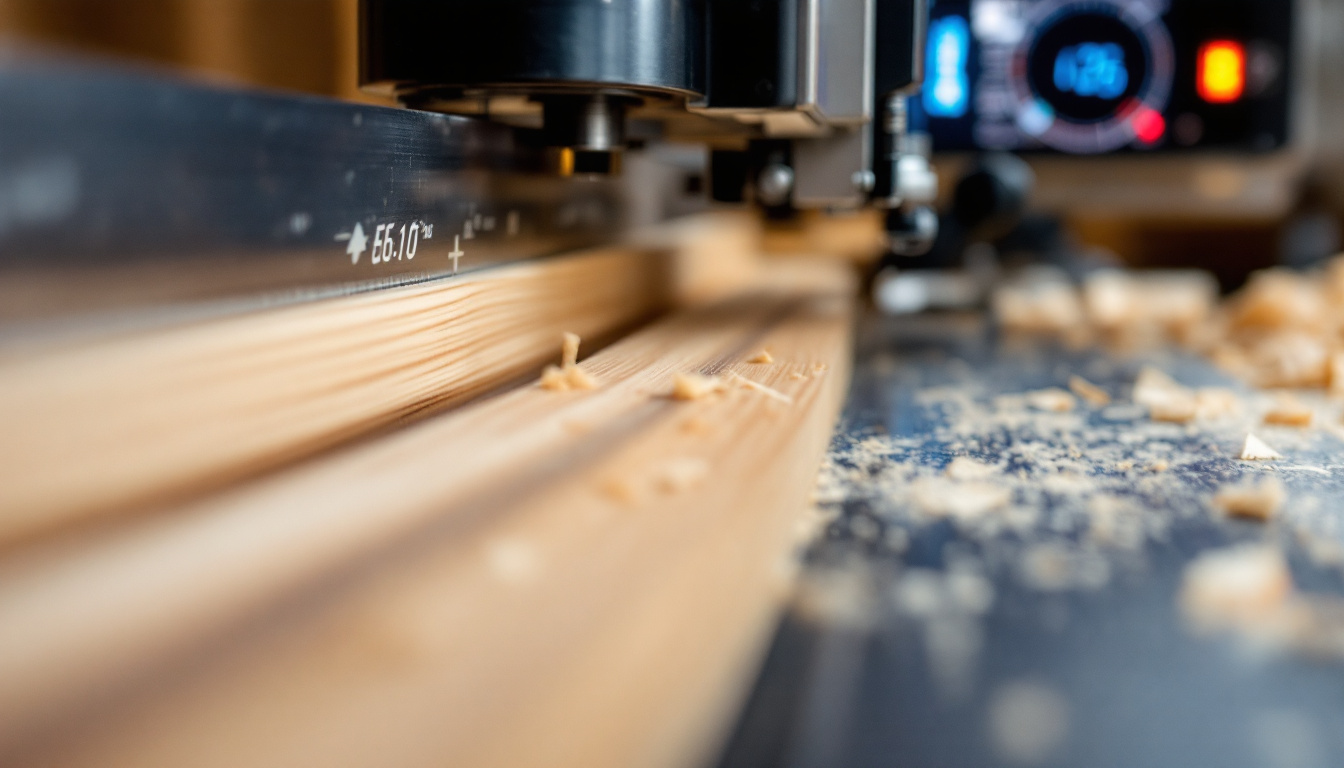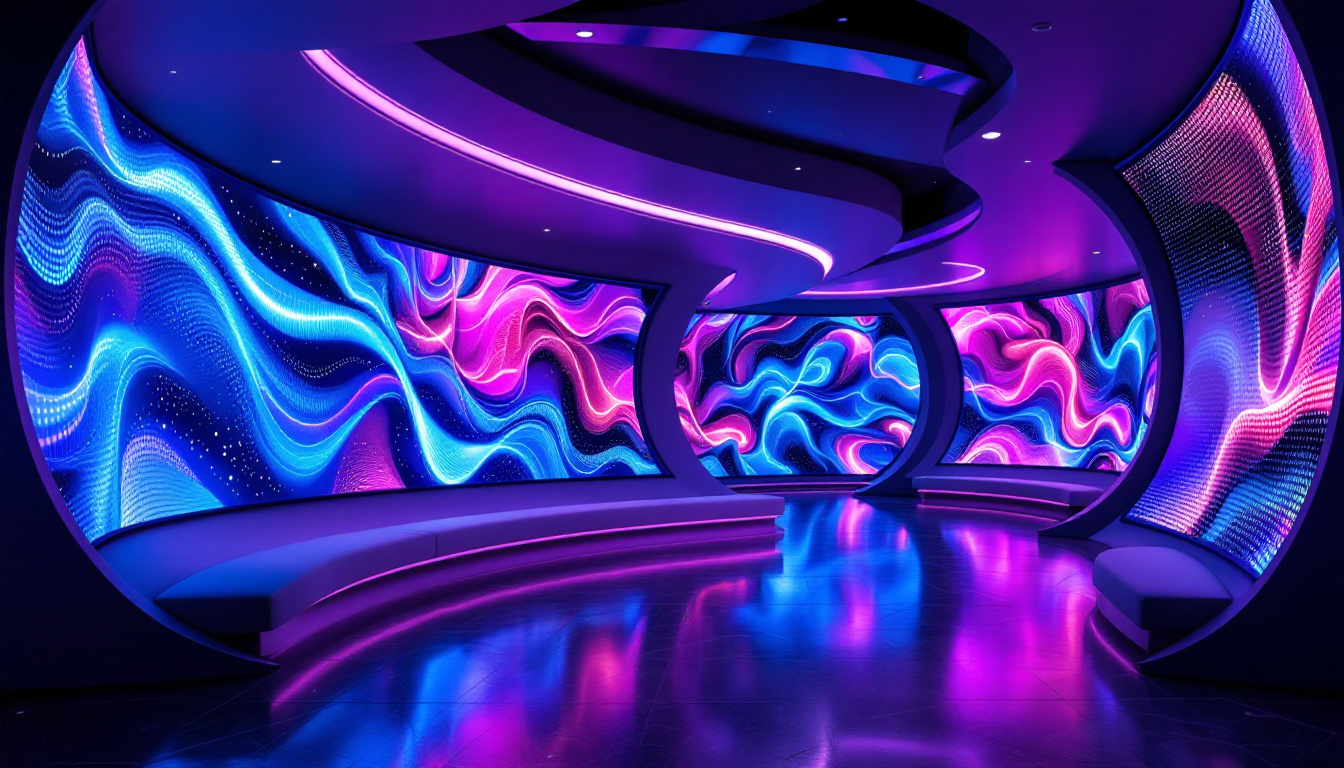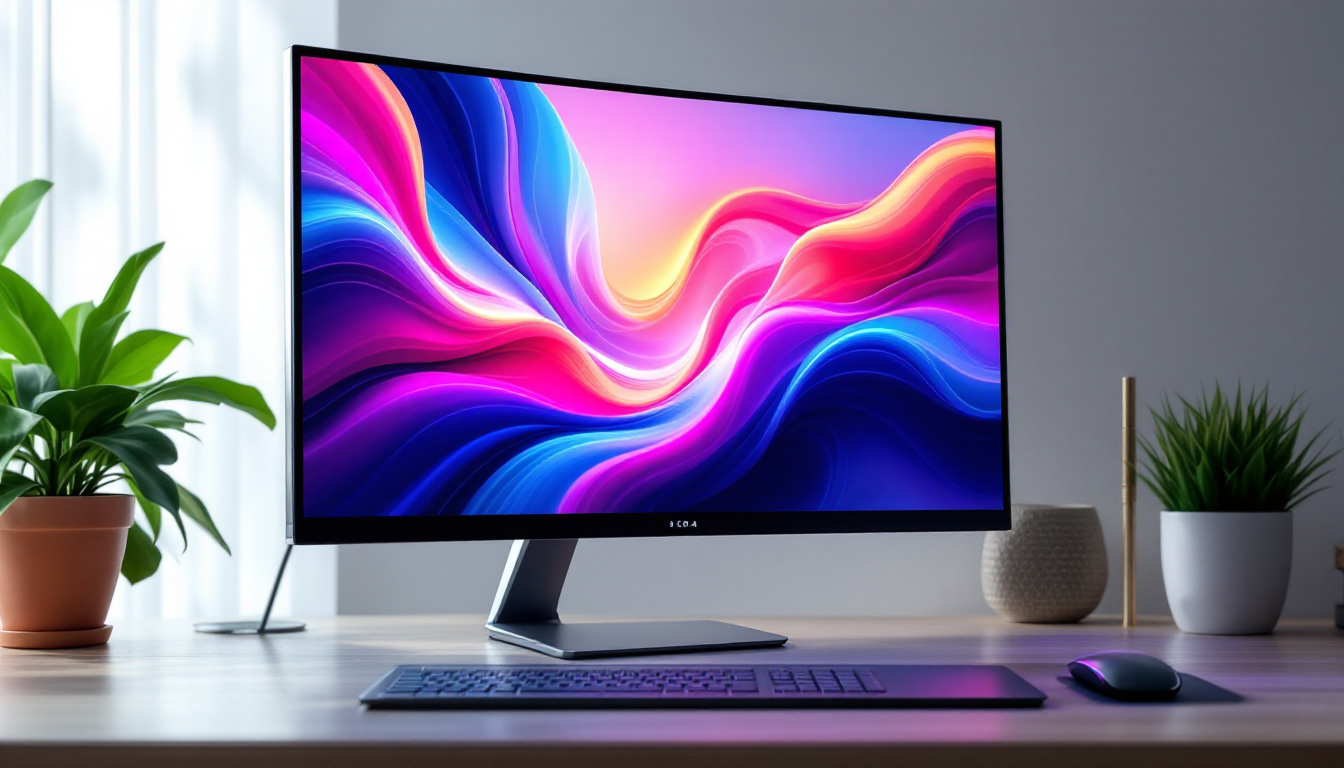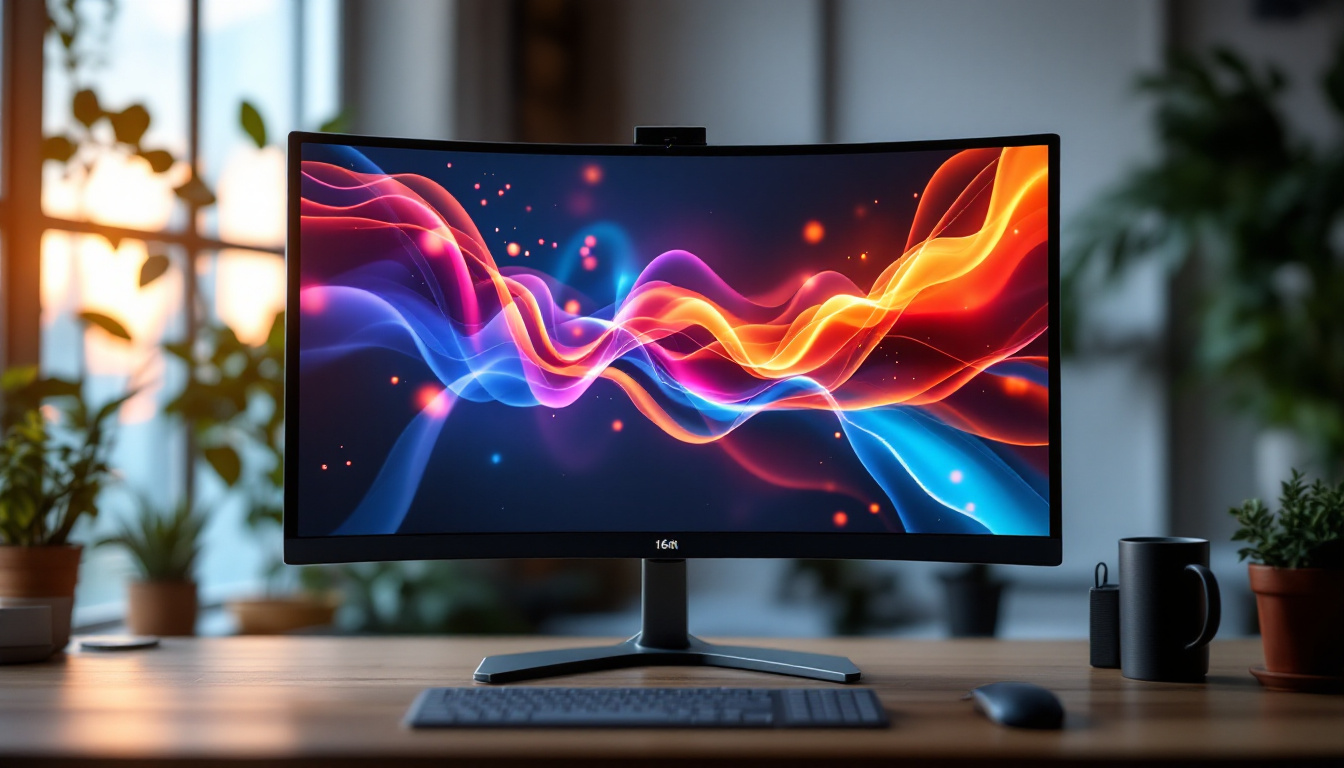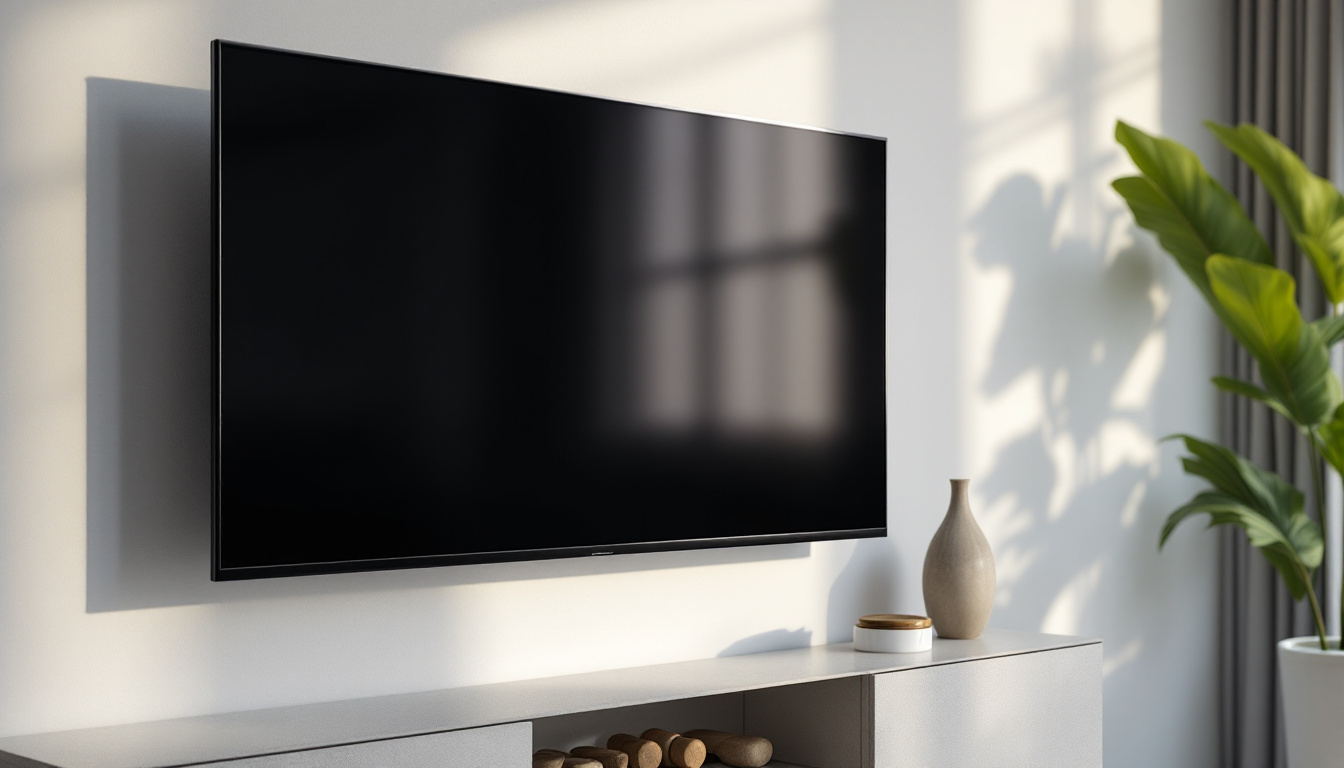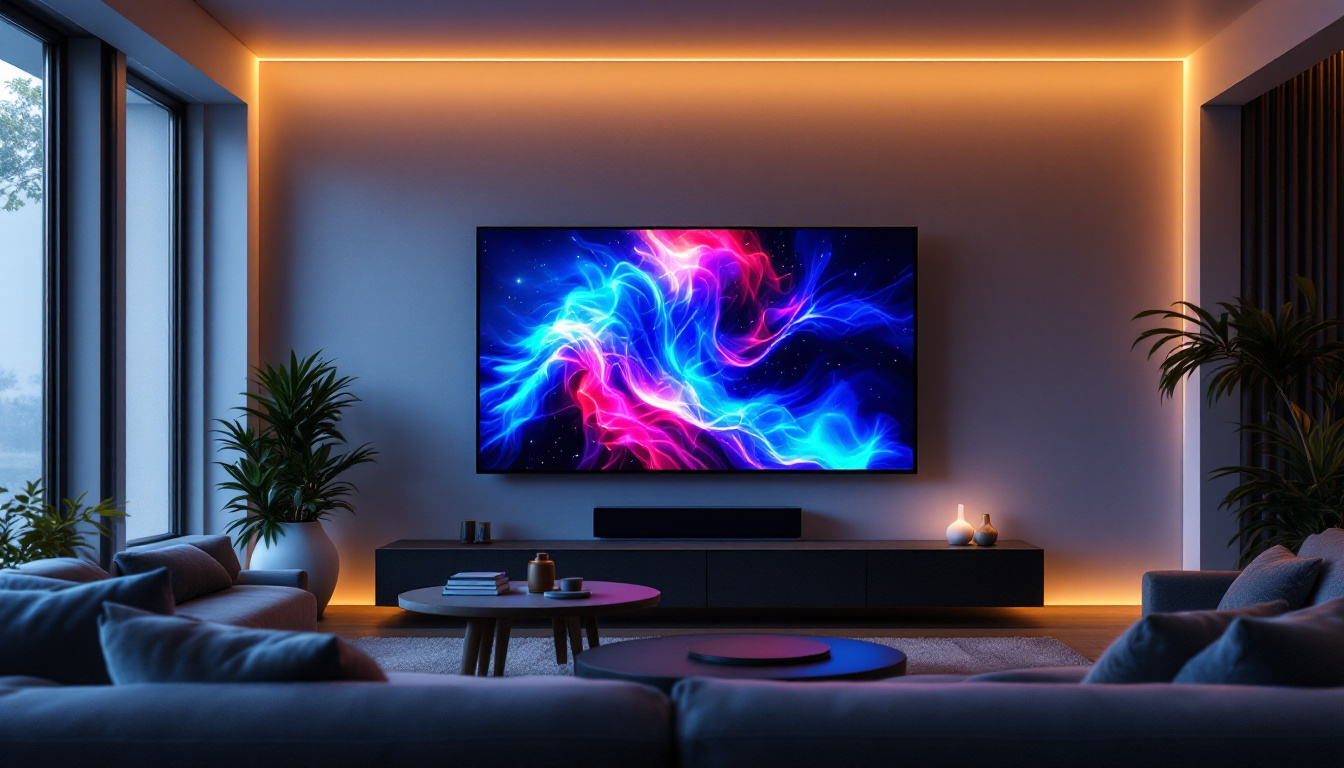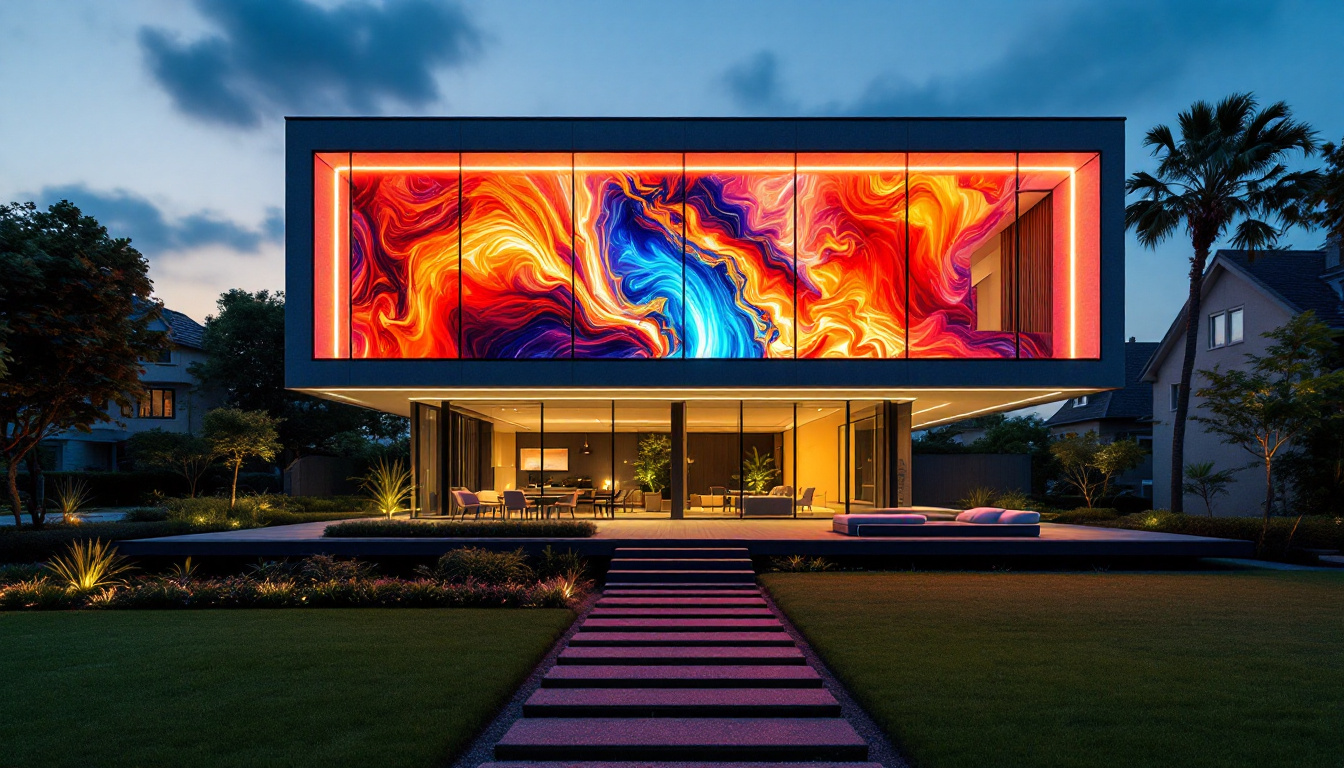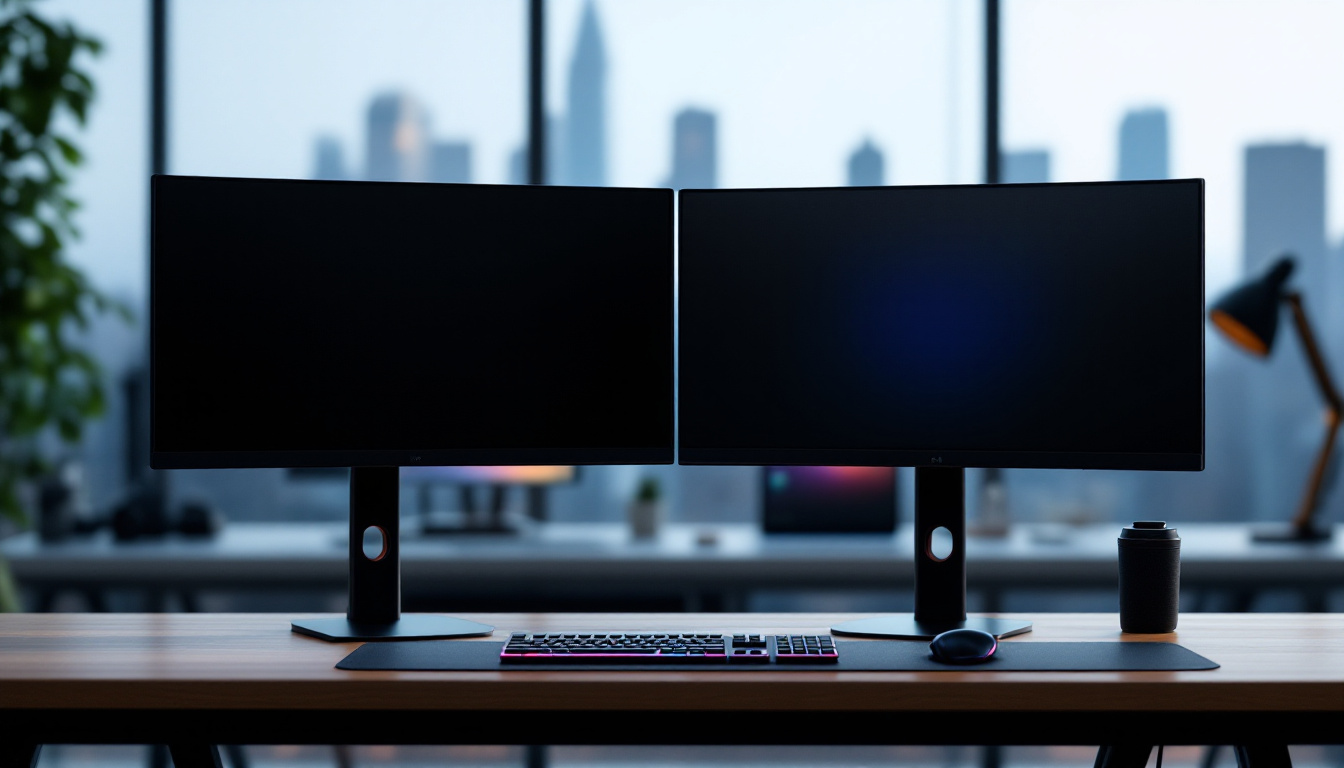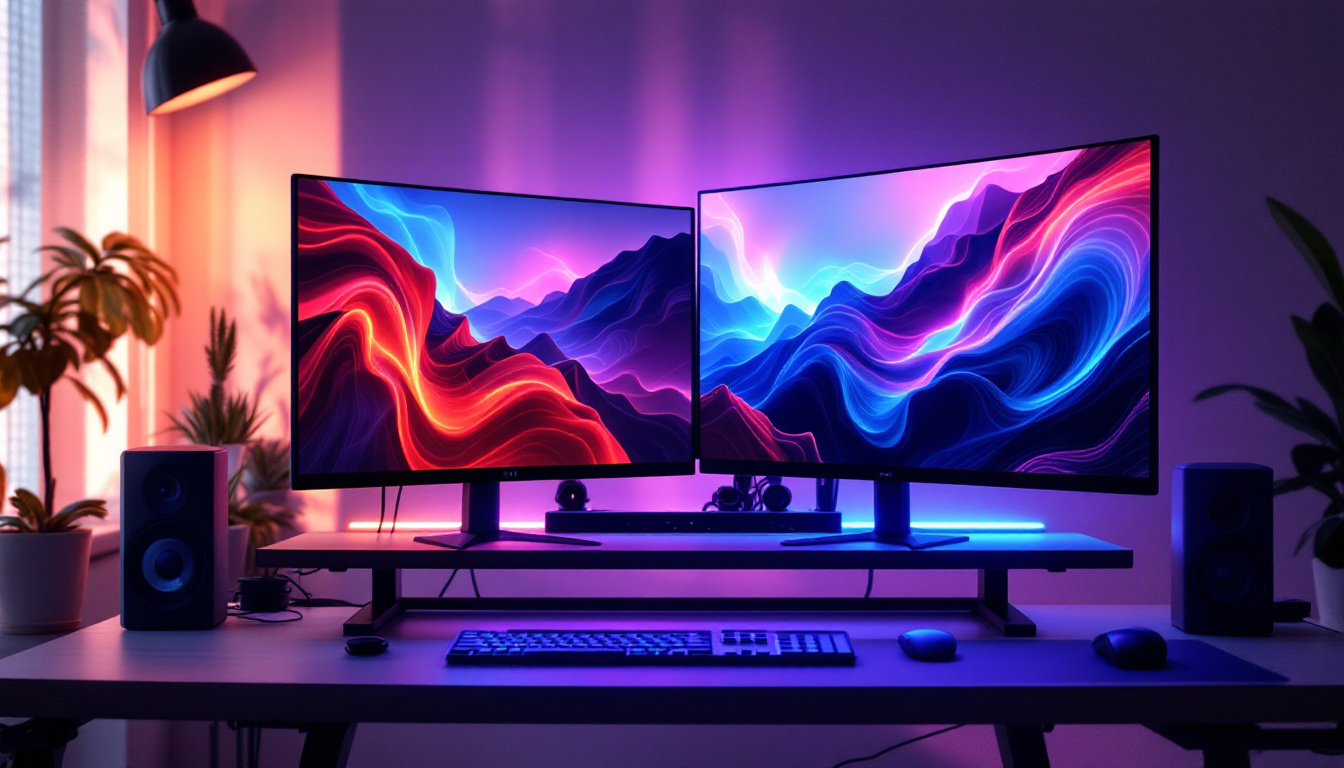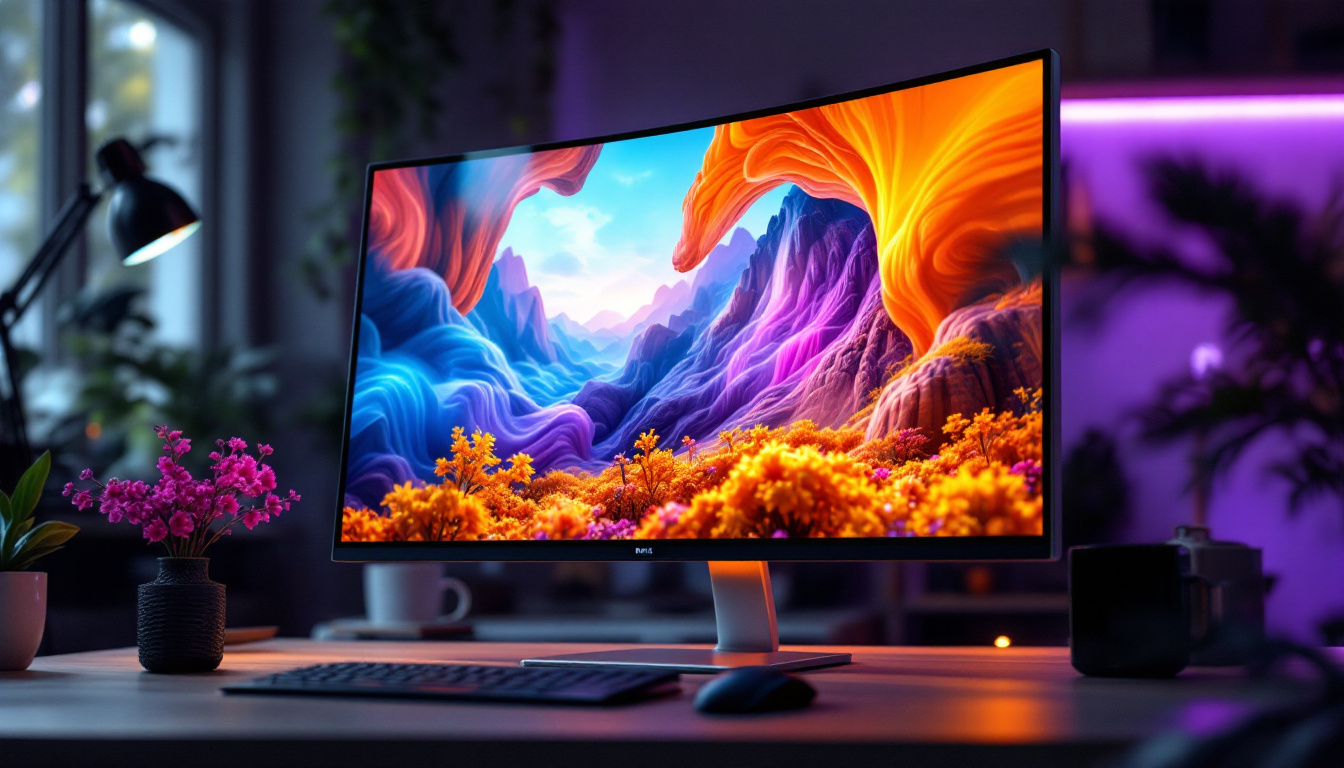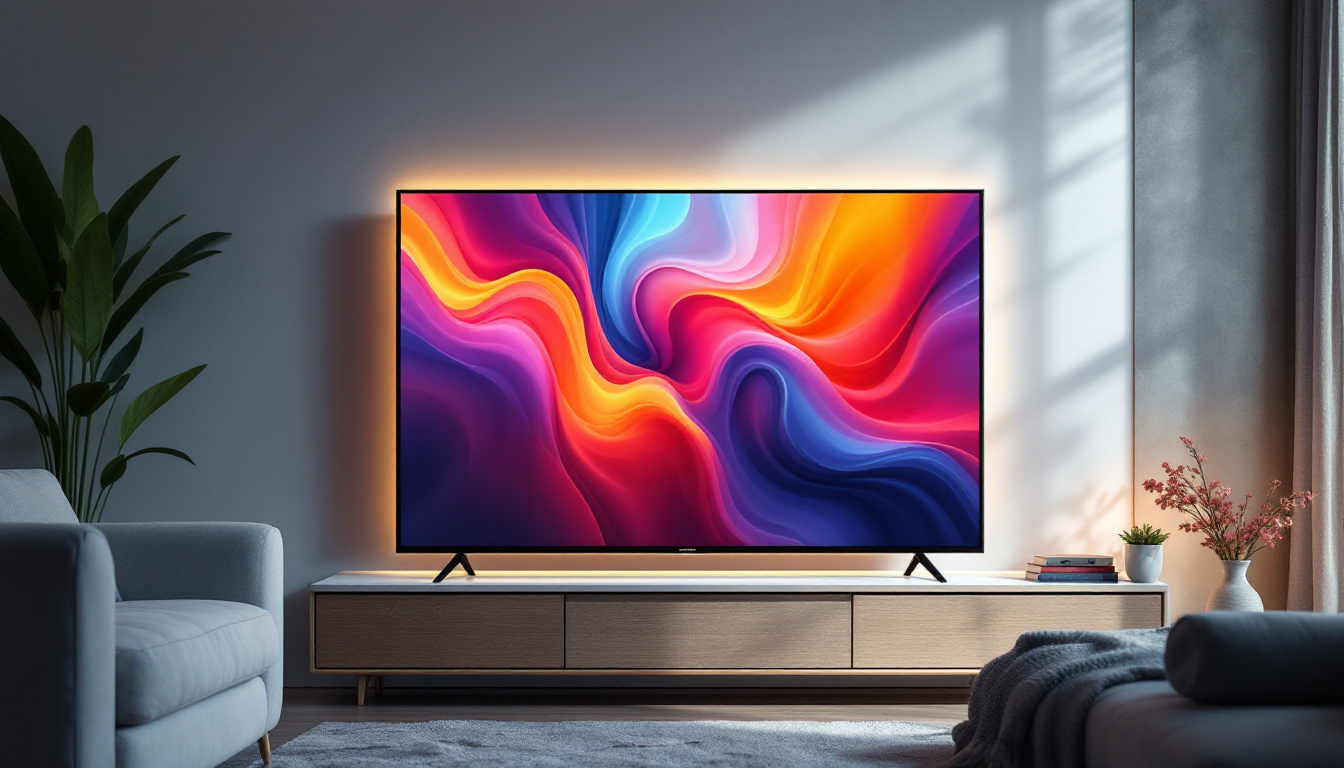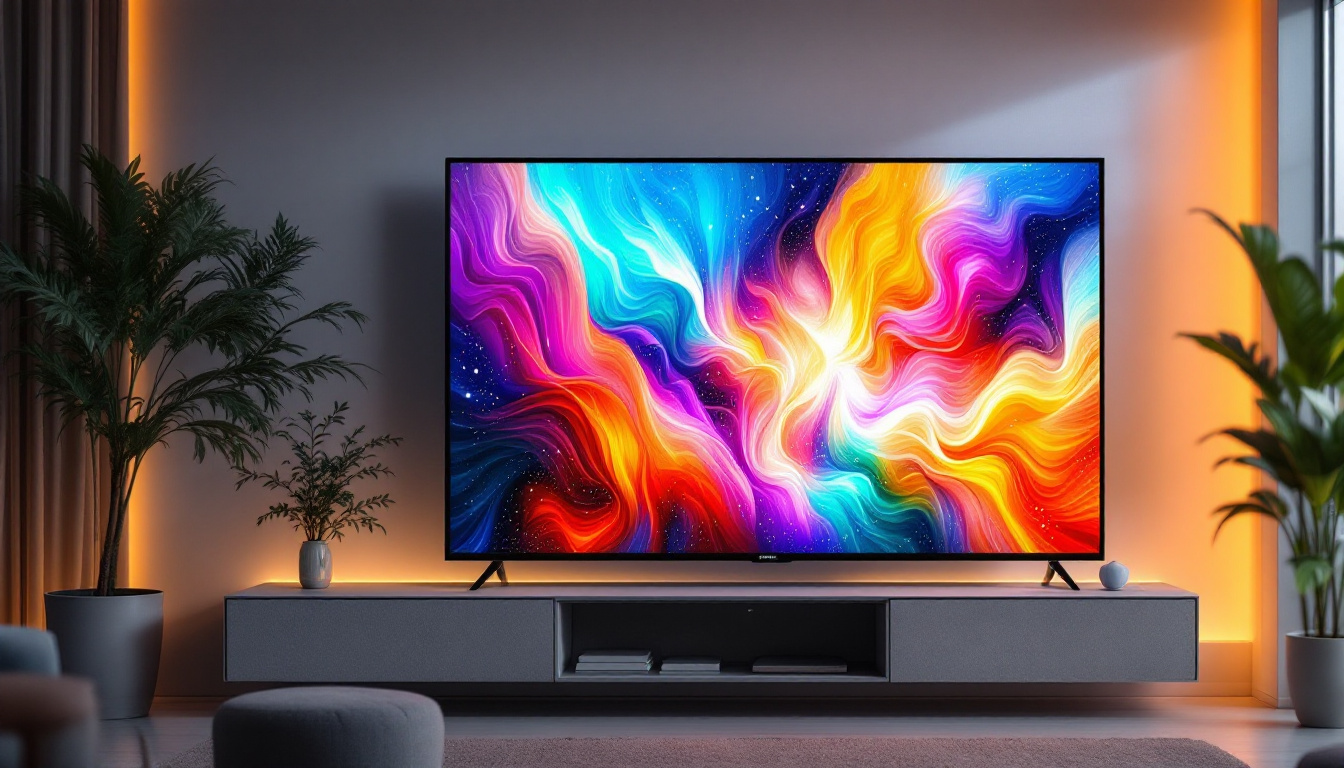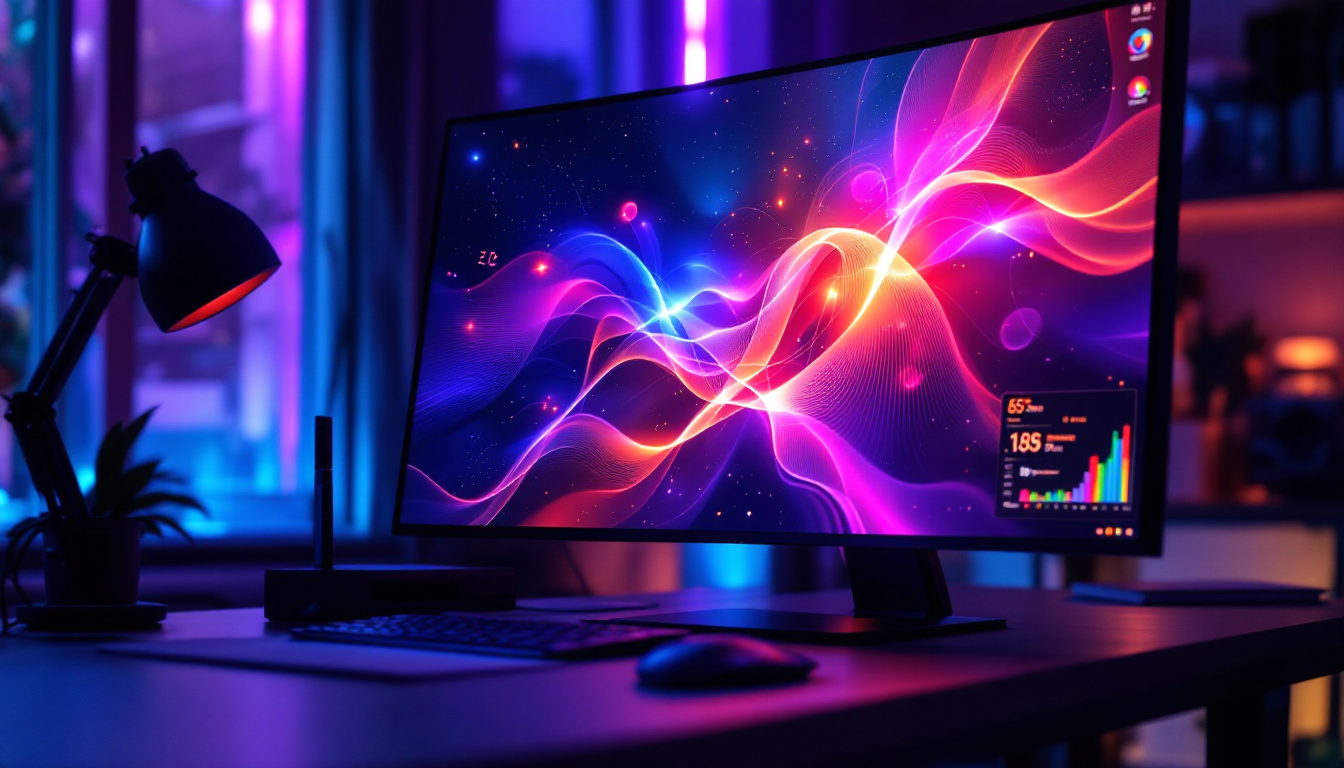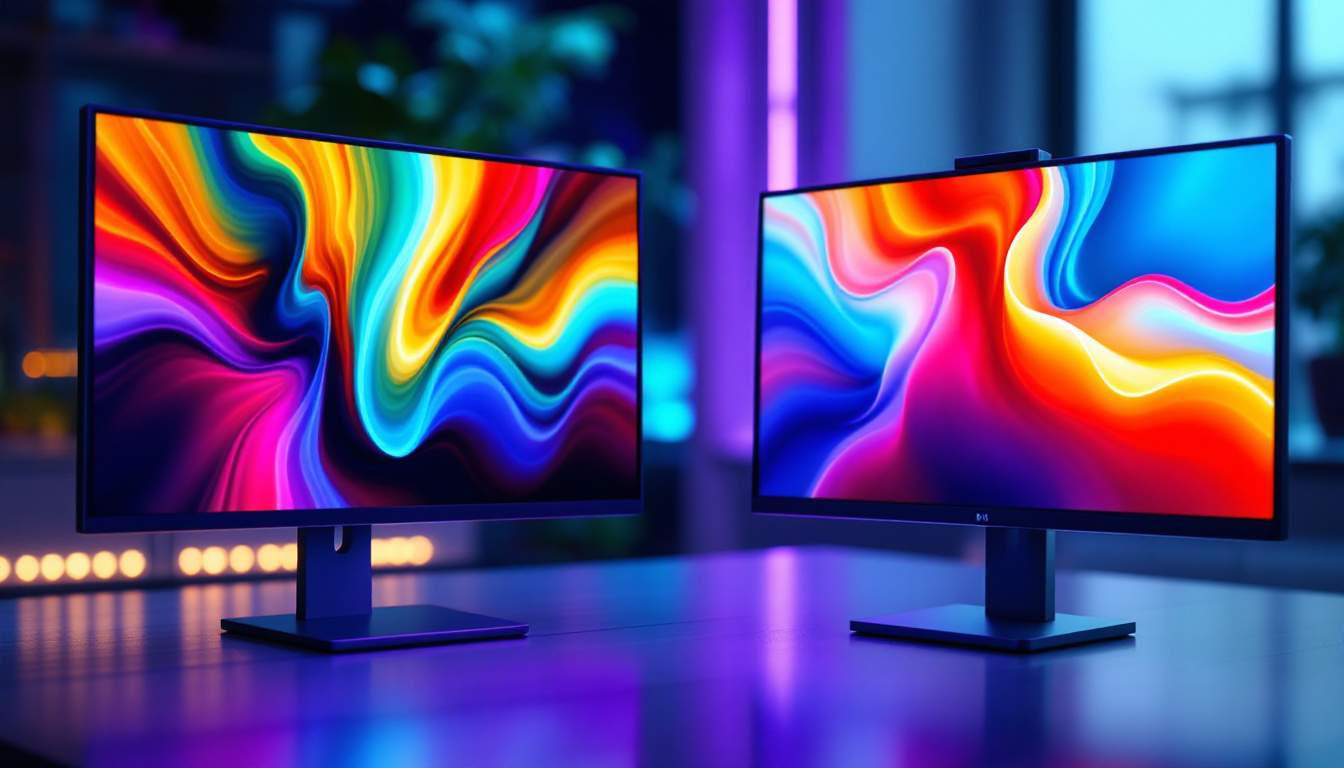A planer is an essential tool in woodworking and carpentry, designed to create smooth, flat surfaces on wooden boards. However, the evolution of technology has introduced various enhancements to traditional tools, including the integration of LED displays. This article will explore the functionalities of a planer, its applications, and the benefits of LED displays in enhancing user experience and precision.
Understanding the Basics of a Planer
A planer, also known as a thickness planer, is primarily used to reduce the thickness of wood and create a smooth finish on its surfaces. It operates by removing material from the wood as it passes through the machine, allowing for precise adjustments to the thickness of the material. This tool is invaluable for both professional woodworkers and hobbyists alike. With the ability to transform rough lumber into beautifully finished boards, planers play a crucial role in the woodworking process, ensuring that projects not only look great but also fit together seamlessly.
Types of Planers
There are several types of planers available, each suited for different applications. The most common types include:
- Hand Planers: These are manually operated tools used for small jobs and fine adjustments. They are ideal for touch-ups and delicate work, allowing for a high degree of control over the cutting process.
- Electric Planers: These powered tools are more efficient for larger projects and can quickly remove material from wood surfaces. They are especially useful for trimming down edges and smoothing out surfaces on larger pieces.
- Thickness Planers: Specifically designed to achieve uniform thickness across the entire board, these machines are essential for production work. They can handle multiple boards at once, making them a time-saving option for woodworkers.
Each type of planer serves a unique purpose, and understanding their differences can help users choose the right tool for their specific needs. For instance, while hand planers offer precision for intricate tasks, electric and thickness planers excel in efficiency and speed, making them indispensable for larger-scale woodworking projects.
Key Features of a Planer
When selecting a planer, several features should be considered:
- Cutting Width: The width of the planer determines the maximum size of the wood that can be processed. A wider cutting width allows for handling larger boards, which is particularly beneficial for furniture makers.
- Motor Power: A more powerful motor can handle tougher woods and larger cuts more efficiently. This is crucial when working with hardwoods, which can be challenging to plane without sufficient power.
- Adjustable Depth Settings: This feature allows users to customize the thickness of the cut, which is crucial for achieving desired results. Being able to fine-tune the depth can also help in creating specific profiles or finishes on the wood.
These features contribute to the overall effectiveness and versatility of the planer, making it a vital tool in woodworking. Additionally, many modern planers come equipped with advanced features such as dust collection systems, which help maintain a clean workspace and improve air quality, making the woodworking experience more enjoyable. Safety features, such as automatic shut-off mechanisms, are also becoming increasingly common, ensuring that users can work with confidence and peace of mind.
The Role of LED Displays in Planers
With advancements in technology, many modern planers are now equipped with LED displays. These displays serve multiple purposes, enhancing both functionality and user experience.
Precision and Accuracy
One of the primary benefits of an LED display in a planer is the ability to provide precise measurements. Users can easily read the thickness settings, ensuring that the wood is processed to the exact specifications required for their project.
Moreover, LED displays often feature digital readouts that allow for finer adjustments compared to traditional analog dials. This precision is particularly important in professional settings where accuracy can significantly impact the quality of the finished product. For instance, in cabinetry or furniture making, even a slight deviation in thickness can lead to ill-fitting joints or an uneven surface, which can compromise the overall aesthetics and structural integrity of the piece.
User-Friendly Interface
LED displays are designed to be intuitive, making them accessible to users of all skill levels. The clear, bright visuals make it easy to read settings, even in low-light conditions. This user-friendly interface can reduce the learning curve for beginners, allowing them to operate the planer confidently and efficiently.
Additionally, many LED displays include helpful indicators, such as alerts for maintenance needs or reminders for blade replacements, which can enhance the longevity of the tool. Some advanced models even provide tutorials or tips directly on the display, guiding users through various techniques and settings for different types of wood, thus fostering a deeper understanding of the tool’s capabilities.
Real-Time Feedback
Another significant advantage of LED displays is the provision of real-time feedback during operation. Users can monitor the performance of the planer, including the speed of the cut and the thickness being achieved, allowing for immediate adjustments if necessary.
This feature not only improves the quality of the work but also enhances safety by alerting users to any potential issues before they escalate into problems. For example, if the planer detects an unusual resistance or a drop in speed, the LED display can signal the user to check for potential blockages or blade dullness, thereby preventing accidents and ensuring a smoother workflow. Furthermore, some models are equipped with connectivity features that allow users to track their performance metrics over time, helping them refine their techniques and achieve even better results with each project.
Applications of Planers with LED Displays
The integration of LED displays in planers has expanded their applications across various woodworking tasks. From furniture making to cabinetry, the versatility of these tools is evident.
Furniture Making
In furniture making, precision is paramount. Planers equipped with LED displays allow craftsmen to achieve the exact thickness required for tabletops, chairs, and other components. This level of accuracy ensures that pieces fit together seamlessly, enhancing the overall aesthetic and structural integrity of the furniture.
Furthermore, the ability to make quick adjustments on the fly can save time and reduce waste, making the production process more efficient. Craftsmen can also benefit from the visual feedback provided by LED displays, which can indicate when the desired thickness has been reached, allowing for consistent results across multiple pieces. This technology not only streamlines the workflow but also empowers artisans to focus on the creative aspects of their work, knowing that the technical precision is being handled effectively.
Cabinetry
Cabinet makers often work with a variety of wood types, each requiring different handling and finishing techniques. Planers with LED displays enable these professionals to adapt quickly to changing requirements, ensuring that each piece is crafted to perfection.
Additionally, the smooth surfaces produced by modern planers contribute to the quality of finishes applied later, whether paint, stain, or varnish. The LED display can also provide real-time measurements, allowing cabinet makers to adjust their settings based on the specific characteristics of the wood being used. This adaptability is crucial, as different woods can expand or contract based on humidity and temperature, affecting the final product. By utilizing planers with LED displays, craftsmen can ensure that their cabinetry not only looks stunning but also stands the test of time.
Flooring Installation
When installing hardwood flooring, achieving a uniform thickness is critical for a successful installation. Planers with LED displays allow installers to prepare boards accurately, ensuring that they fit together without gaps or uneven surfaces.
This precision not only improves the appearance of the flooring but also enhances its durability and longevity, making it a worthwhile investment for homeowners and contractors alike. Moreover, the LED display can help installers keep track of the cumulative thickness removed from each board, allowing for better planning and minimizing the risk of over-planing, which can lead to costly mistakes. The ability to monitor and adjust settings in real-time means that flooring installations can be completed more efficiently, with less downtime and a higher quality finish. This technology ultimately transforms the flooring installation process into a more streamlined and professional endeavor, ensuring that every project meets the highest standards of craftsmanship.
Maintenance and Care for Planers
To ensure that a planer operates effectively and lasts for years, proper maintenance is essential. This includes regular cleaning, blade sharpening, and checking the LED display for any signs of malfunction.
Cleaning the Planer
After each use, it is advisable to clean the planer to remove any wood shavings or dust. This prevents buildup that could affect its performance. A soft brush or compressed air can be used to clear debris from the machine.
Additionally, keeping the LED display clean is crucial for visibility. A gentle wipe with a microfiber cloth can help maintain clarity and functionality.
Sharpening Blades
Sharp blades are vital for a smooth finish. Dull blades can lead to tear-out and uneven surfaces. Regularly checking and sharpening the blades will ensure optimal performance. Many planers come with guides on how to sharpen or replace blades, making this process straightforward.
Regular Inspections
Conducting regular inspections of the planer can help identify any issues before they become significant problems. This includes checking the alignment of the blades, ensuring that the LED display functions correctly, and listening for any unusual sounds during operation.
By staying proactive with maintenance, users can extend the lifespan of their planers and maintain the quality of their woodworking projects.
Conclusion
In conclusion, a planer is an invaluable tool in woodworking, providing the ability to create smooth, flat surfaces and achieve precise thicknesses. The integration of LED displays has revolutionized the functionality of planers, enhancing precision, user experience, and overall efficiency.
Whether used in furniture making, cabinetry, or flooring installation, planers equipped with LED displays can significantly improve the quality of work produced. By understanding the features and benefits of these tools, woodworkers can make informed decisions that elevate their craft.
As technology continues to evolve, it is likely that planers will become even more advanced, further enhancing the capabilities of woodworkers and the quality of their projects.
Enhance Your Woodworking Projects with LumenMatrix LED Displays
Ready to take your woodworking precision and efficiency to the next level? Discover the innovative LED display solutions from LumenMatrix, a leader in LED display technology. Whether you’re looking to improve visibility in your workshop or create a more engaging user experience, LumenMatrix has a range of products designed to meet your needs. From Indoor and Outdoor LED Wall Displays to specialized solutions like Vehicle, Sports, and Floor LED Displays, LumenMatrix is committed to revolutionizing visual communication in the woodworking industry. Check out LumenMatrix LED Display Solutions today and see how they can transform the way you work with wood.

